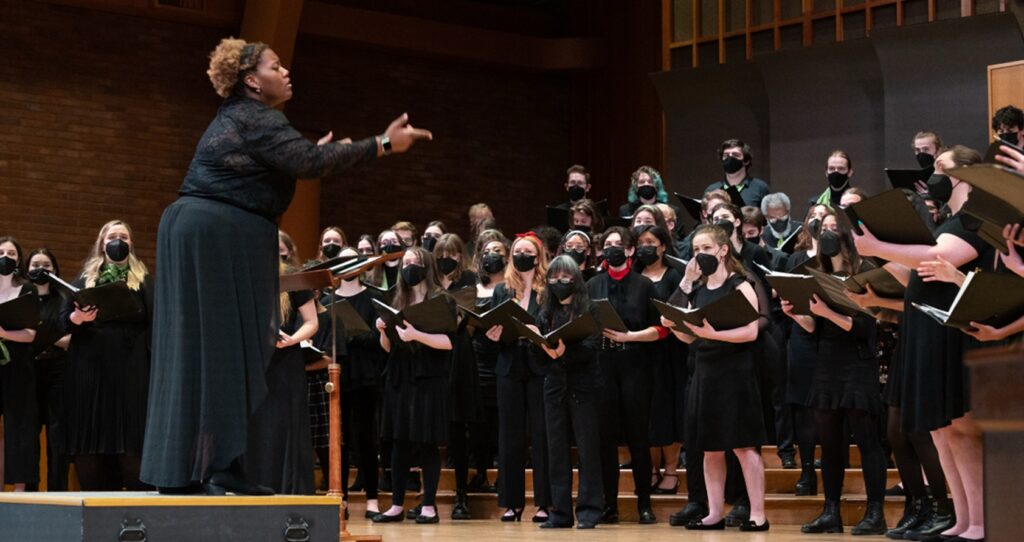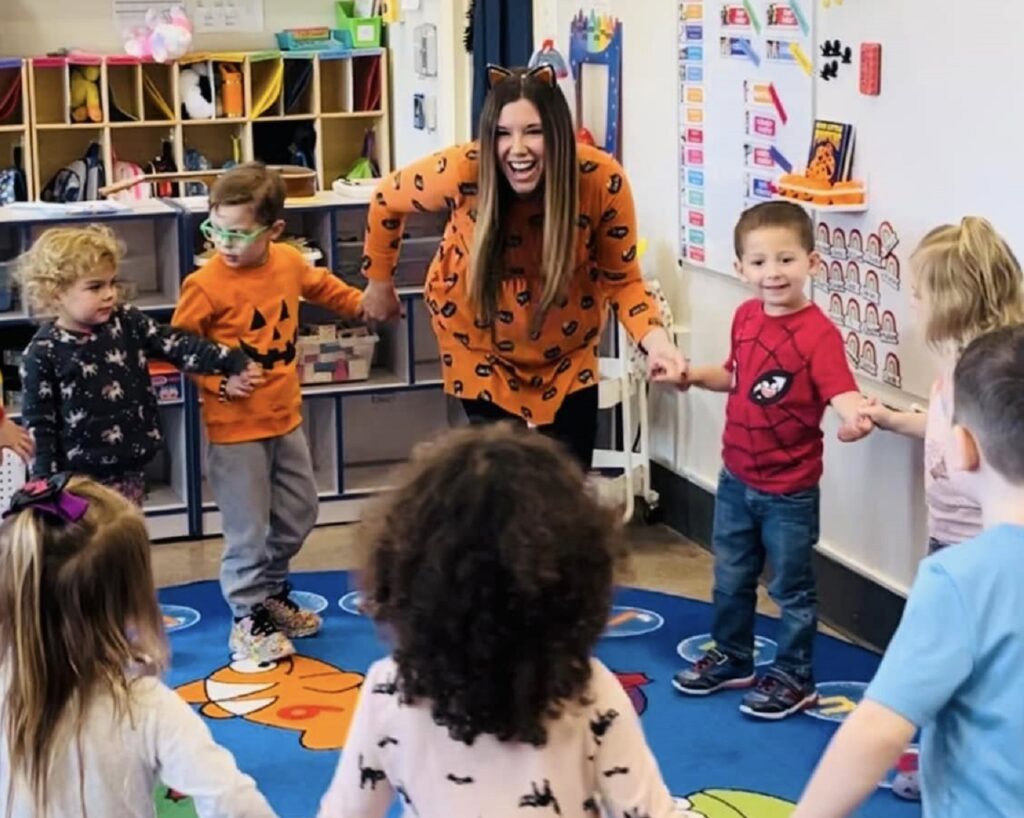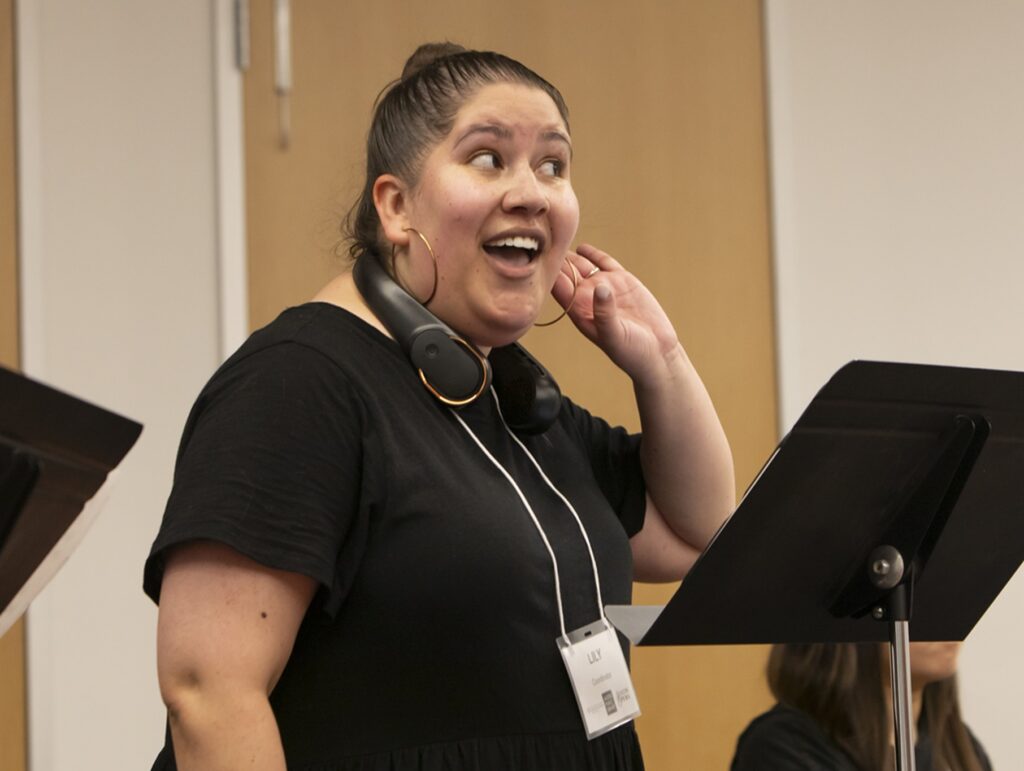Tagged Under:
Case Study: 4 Keys to Drafting a New High School Music Program
Incorporate these tips when starting a program from the ground up. It’s a lot of work, but the rewards are worth it!.
When music educators assume a position at a new school, they routinely follow in the footsteps of their predecessors. They will inevitably be told “this is how we do things here…” or may even receive pushback if they attempt to break the status quo. This was often my experience at the beginning of my career.
Some educators may find comfort in walking into a school with an already established music program, knowing that all they have to do is meet a set of expectations. But what happens when the program and the expectations don’t exist? Where do you turn when you take on the task of building a new music program in a school where music education was absent for quite some time?
This was the challenge I faced during the height of the pandemic, when I moved back to the United States from teaching abroad to begin a new high school music program at Central Falls High School in Rhode Island.
Outlined below are the four essential keys you must consider when launching a new high school music program. Starting a program from the ground up takes a lot more work, but the benefits and rewards are worth it!
1. Begin with a Strategic Plan
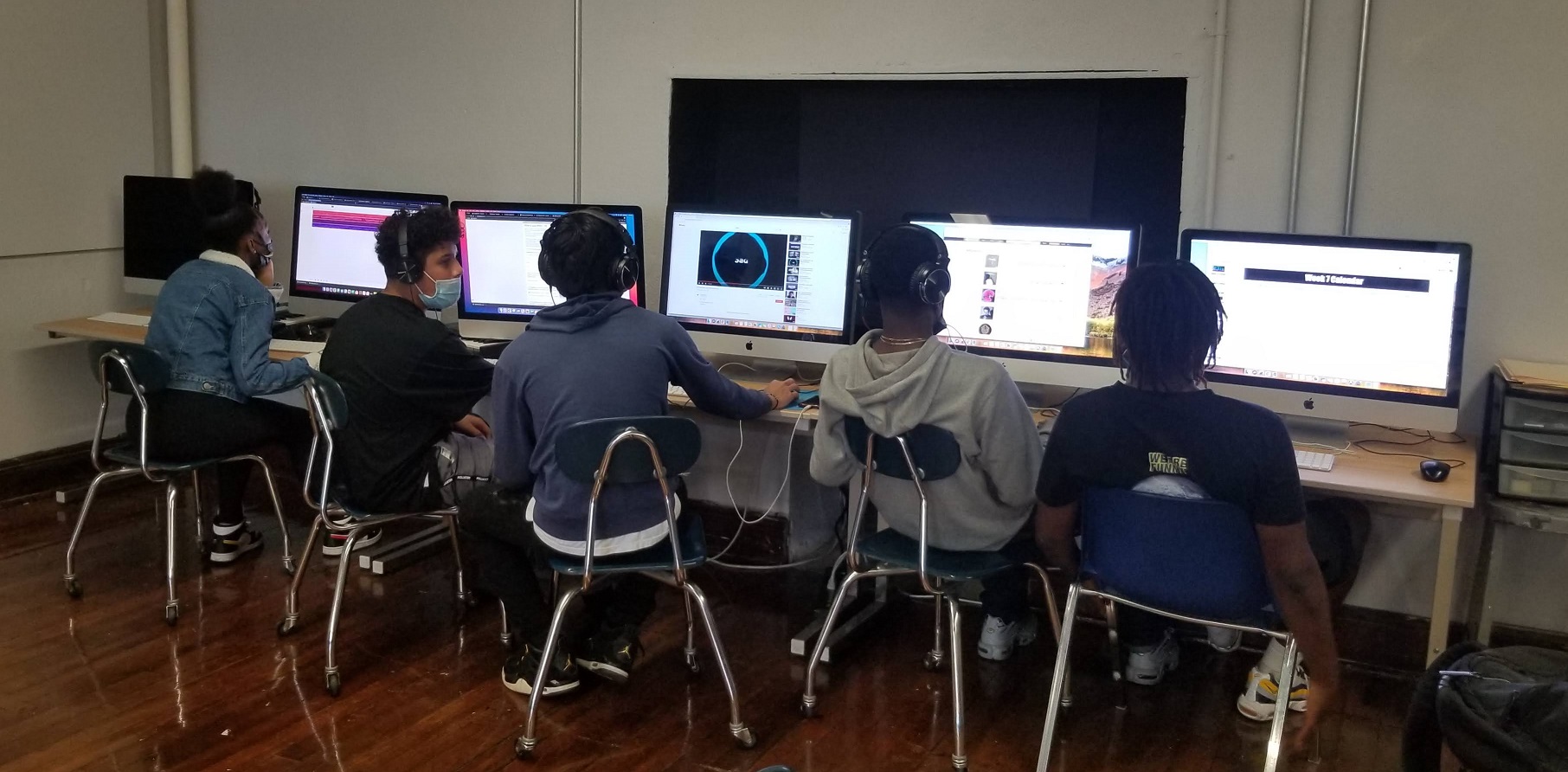 Prior to the start of the academic year, draft a strategic plan for the new music program that includes a mission. Why are you there to begin a music program? What purpose does it serve? Make it concise but keep the bigger picture in mind.
Prior to the start of the academic year, draft a strategic plan for the new music program that includes a mission. Why are you there to begin a music program? What purpose does it serve? Make it concise but keep the bigger picture in mind.
Here’s our mission: “The mission of the Central Falls High School music program is to educate and inspire students through collaborative music making while providing positive life-changing musical experiences for the entire high school as well as the greater Central Falls community.”
Next, draft a vision for the program. What will you specialize in? What will you provide for your students?
Here’s how our vision begins: “Every student at Central Falls High School will have opportunities to participate in collaborative music making and develop musical skills for lifetime application.”
Finally, detail the core values in your strategic plan that will serve as the anchors for your new program. It’s helpful to align these core values with the National Core Arts Standards if your school district uses them. Be specific and connect these core values to part of the music process.
For example:
- Inclusive — Music making is provided to all students as they are able to participate at their own level.
- Comprehensive — Students develop an awareness and knowledge of multiple musical styles as they engage with repertoire that is varied in genre, language and culture.
Share the strategic plan with your administration and ask for feedback. They will be delighted to have the opportunity to be included in this exciting process. Discuss how the core values of your music program connect with your school’s larger mission statement or academic program of studies.
One of our school’s goals is to develop more practices of culturally responsive teaching, so it was important to my principal that our music program met these same standards. It was also essential for him to hear how we planned to create connections within the community of Central Falls. Sharing your vision as the new music director is a necessary step to confirm your administration’s full support of the new music program.
Return to your mission statement and program vision when you are reflecting on the progress of the program mid-year and make revisions as needed. Let this be a living document that continues to inspire both music teachers and music students.
2. Minimize Course Offerings
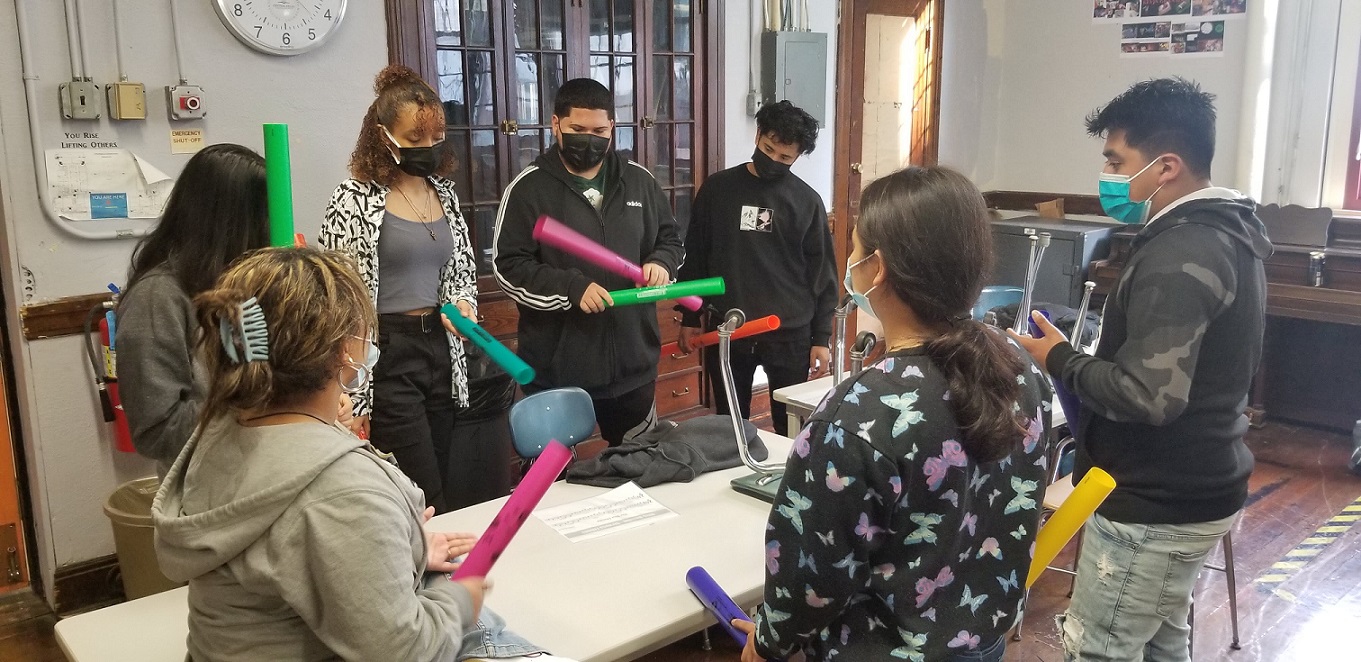 All music directors wear many hats, and they are often some of the busiest people in the school building! Developing new curriculum, units and lesson plans for multiple courses at the same time is extremely time consuming and can lead to burn-out.
All music directors wear many hats, and they are often some of the busiest people in the school building! Developing new curriculum, units and lesson plans for multiple courses at the same time is extremely time consuming and can lead to burn-out.
For the first year, plan to offer only one or two different courses. Even if you previously taught this course at another school, there will inevitably be changes that you will need to make. For example, you may need to re-write your unit plans in a specific way or on specific forms that are unique to your new school. Or, you may need to have fully realized lesson plans for every unit depending on your administration. By having just one or two different courses, you can focus on your students instead of worrying about all of the administrative paperwork required of teachers.
Also keep in mind that as a new staff member, you will need to be evaluated. Teaching one or two courses to multiple sections will provide ample time to become a master teacher who is able to focus specifically on the needs of your students at your new school. Each group of students will have nuances, so you must adapt your curriculum and mode of instruction accordingly. Once you are comfortable with these courses, consider adding a third course the next semester. Don’t forget to reflect on how the first semester went and continue to develop your original curriculum to meet the demands of the 21st century learner.
As the years progress, your music program will grow, and you will be able to identify and retain those students who live, eat and breathe music. When this happens, you will discover the joy of creating both fun music electives as well as new performing ensembles. Just remember to start small and take it measure by measure before attempting to offer the gamut of musical experiences.
3. Get Buy-In from Your School Community
 As music educators, we are often “othered” and may not be seen as “core” teachers. Some districts refer to the music, art and drama teachers with a condescending label like “itinerants,” and guidance counselors might think that music is “just an elective.” Other teachers or building administrators may complain about the amount of noise coming from your room. If you are a seasoned educator, you have experienced all the above and then some. However, if you are entering a new school that is not used to having music as a course offering, all these challenges will be heightened. The best way to overcome these hurdles is with community buy-in.
As music educators, we are often “othered” and may not be seen as “core” teachers. Some districts refer to the music, art and drama teachers with a condescending label like “itinerants,” and guidance counselors might think that music is “just an elective.” Other teachers or building administrators may complain about the amount of noise coming from your room. If you are a seasoned educator, you have experienced all the above and then some. However, if you are entering a new school that is not used to having music as a course offering, all these challenges will be heightened. The best way to overcome these hurdles is with community buy-in.
First, identify staff members who have a musical background. Maybe a science teacher plays the trumpet in a band, or perhaps a Spanish teacher is the organist at her church. Once you identify these individuals, make them your support system and advocates! Use them to help acclimate the community to understand what having a musical experience is like.
Next, identify the type of ensemble that is best suited for your school. Will it be a marching band, an orchestra or a choral program? Before you begin a new ensemble, find out what your administration would like and expects. You also must be realistic and identify the particular strengths of your own musicianship.
Make sure to involve your current students next. What are they interested in? Do you have a lot of students who like to sing? Or maybe you have enough interested students to begin a modern band program. Once students are excited about the opportunities that come with performing in a new ensemble, you can begin to include the other staff members you’ve previously identified and see how they can help and support your students in this new venture.
4. Open Your Doors
 Open your classroom doors — figuratively and literally! Make the music room “the place to be.” Welcome students you don’t know into your room or invite them in for lunch. Get to know them. Provide a safe and welcoming environment for anyone walking into the room, whether or not they are music students.
Open your classroom doors — figuratively and literally! Make the music room “the place to be.” Welcome students you don’t know into your room or invite them in for lunch. Get to know them. Provide a safe and welcoming environment for anyone walking into the room, whether or not they are music students.
Fill the hallway with music. Music is such a unifying, humanizing and healing force. Any passersby who hear the music will be filled with joy, and they might peek into your room. Invite them in. Play for them. Sing for them. Invite them to play or sing with you. The more you consistently involve other community members into the daily work of music making, the more respect your program will receive and the bigger the impact will be on your students.
When your students are comfortable, find opportunities to share their work with the school community. Perform at lunchtime. Invite other classes to the music room. Run a school-wide talent show where music students serve as hosts and perform together. Identify your rising stars and have them sing the national anthem at school sporting events. Start new traditions like hosting an international night and welcoming community members to share their musical backgrounds and cultures. Find opportunities to fill as many hearts and minds as possible in your school with music.
Then, open your doors to the greater community. Connect with a local college music program or arts organization. Find ways to collaborate and invite guest artists to work with your students. Reach out to professional artists who will be visiting your town and inquire about holding a master class for your students. You may be surprised to find that a five-time Grammy-winning group is more than happy to pay a visit to your school. Once you provide these transformative musical experiences for your students, you may notice that new students will find the courage to walk through your door every single day wanting to join and asking how they can be a part of “it.”











